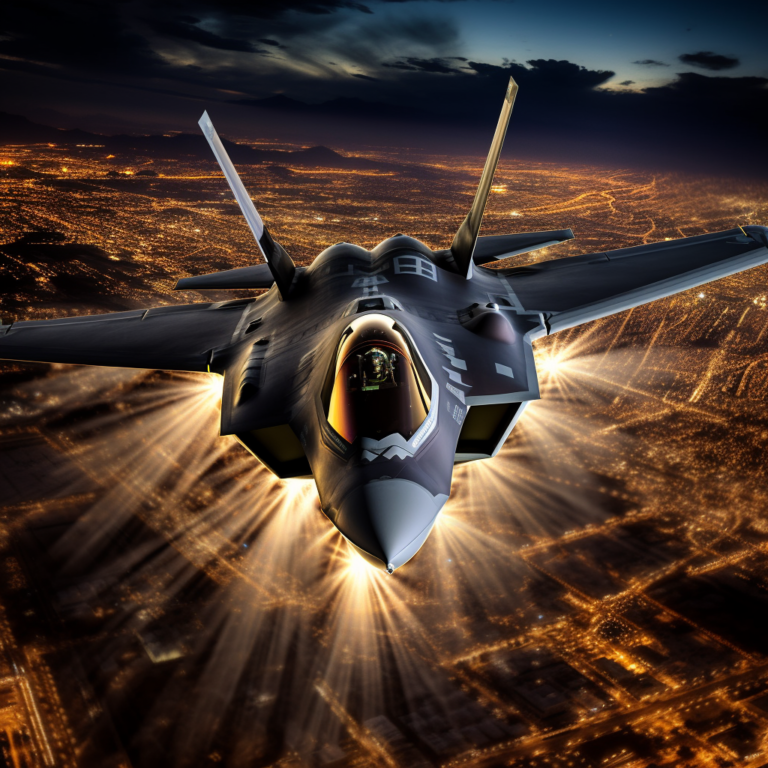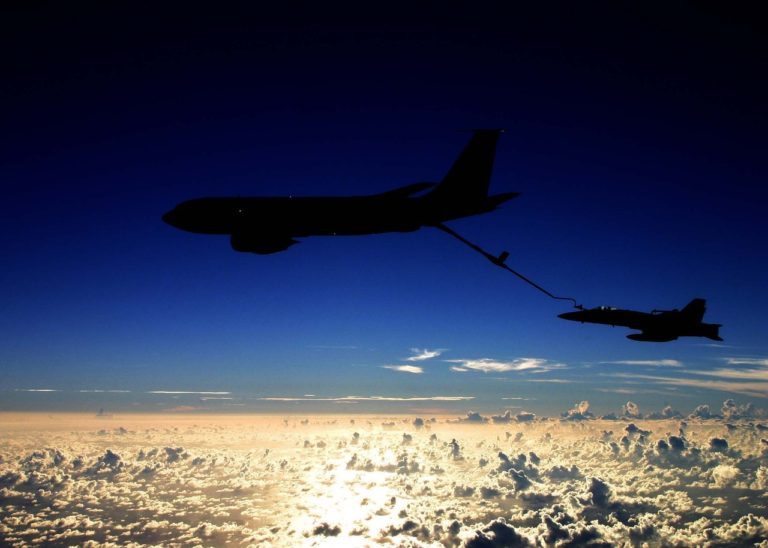In the past decade, the world has witnessed a remarkable growth in technological advancements that are now reshaping the future of aerial warfare. From drones and unmanned aerial vehicles (UAVs) to hypersonic weapons and directed energy systems, these new technologies are revolutionizing the way militaries operate and conduct warfare.
The Air Force Times, a renowned publication known for its in-depth coverage of military affairs, has recently undertaken a comprehensive investigation into these cutting-edge technologies and their potential impact on the future of aerial warfare. Their findings shed light on the significant advancements that are driving the transformation of modern warfare.
One of the key developments examined by the Air Force Times is the proliferation of drones and UAVs. These remotely piloted aircraft have rapidly evolved from being mere reconnaissance tools to fully-fledged combat machines. With their ability to fly longer, higher, and faster, drones have become a vital asset in modern warfare, providing critical intelligence and conducting precision strikes without risking human lives.
Another game-changing technology discussed in the investigation is hypersonic weapons. These futuristic missiles travel at mind-boggling speeds, with Mach numbers exceeding five. Their high maneuverability, combined with their ability to strike targets on the other side of the globe within minutes, poses an unprecedented challenge for traditional air defense systems. Hypersonic weapons have the potential to reshape the dynamics of aerial combat, rendering existing strategies and technologies obsolete.
Directed energy systems, such as laser and electromagnetic weapons, also take center stage in the Air Force Times investigation. These futuristic weapons, once confined to science fiction movies, are now becoming a reality. Laser-based weapons offer tremendous advantages in terms of speed, accuracy, and cost-effectiveness. With their ability to engage multiple targets simultaneously and counter enemy missiles in real-time, directed energy systems have the potential to revolutionize air defense and offense alike.
Additionally, the investigation explores the role of artificial intelligence (AI) in shaping the future of aerial warfare. AI algorithms can process enormous amounts of data in real-time, identifying patterns, predicting enemy behavior, and enhancing decision-making processes. This integration of AI systems into military operations allows for improved situational awareness, smarter mission planning, and more effective coordination between manned and unmanned platforms.
While these advancements present unprecedented opportunities, they also raise critical ethical and legal questions. The Air Force Times investigation delves into the ethical challenges associated with the use of autonomous systems, such as drones and AI-powered technologies, in warfare. The need for robust international regulations and frameworks to govern the use of these technologies becomes increasingly pertinent as militaries around the world embrace their potential.
In conclusion, the Air Force Times investigation into new technologies shaping the future of aerial warfare highlights a remarkable transformation in military capabilities. From the proliferation of drones and UAVs, to the advent of hypersonic weapons, directed energy systems, and AI integration, the way air forces operate is undergoing a paradigm shift. As these technologies continue to evolve, it is essential for policymakers, military strategists, and society at large to closely monitor their development and address the associated ethical and legal challenges. The future of aerial warfare is being rewritten, and it is crucial for us to be vigilant and ensure that these technologies are used ethically, responsibly, and in a way that ultimately benefits humanity.





